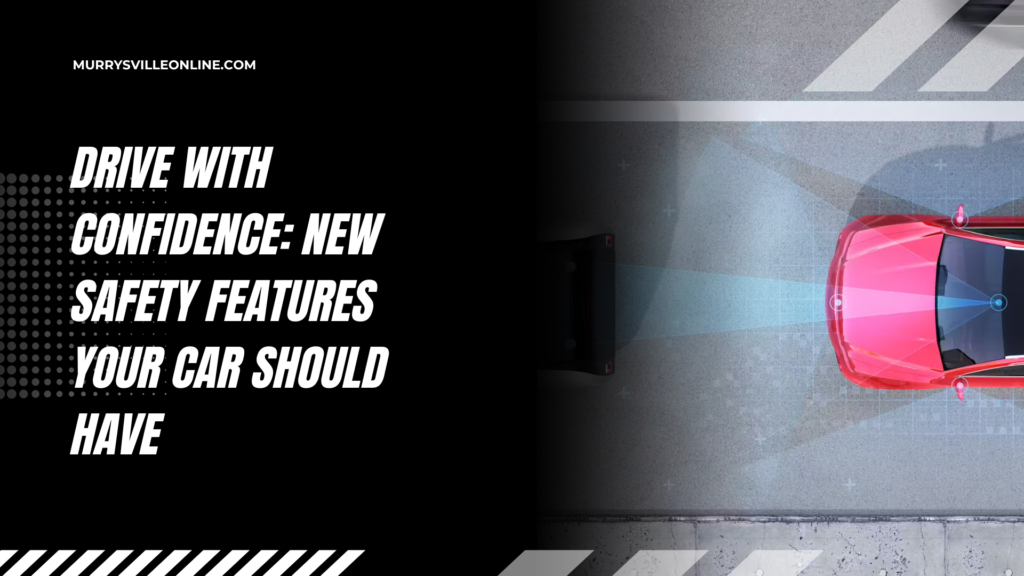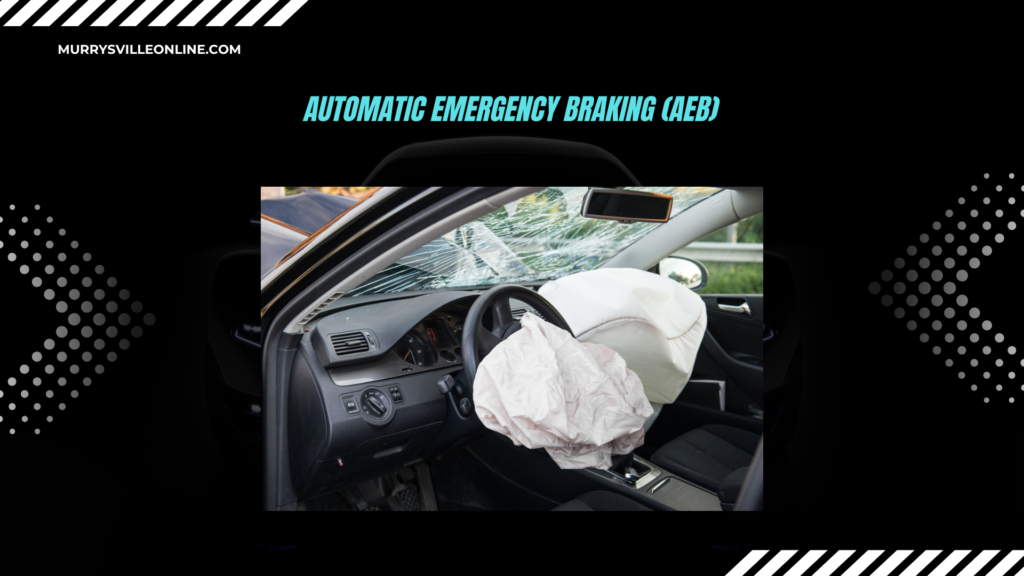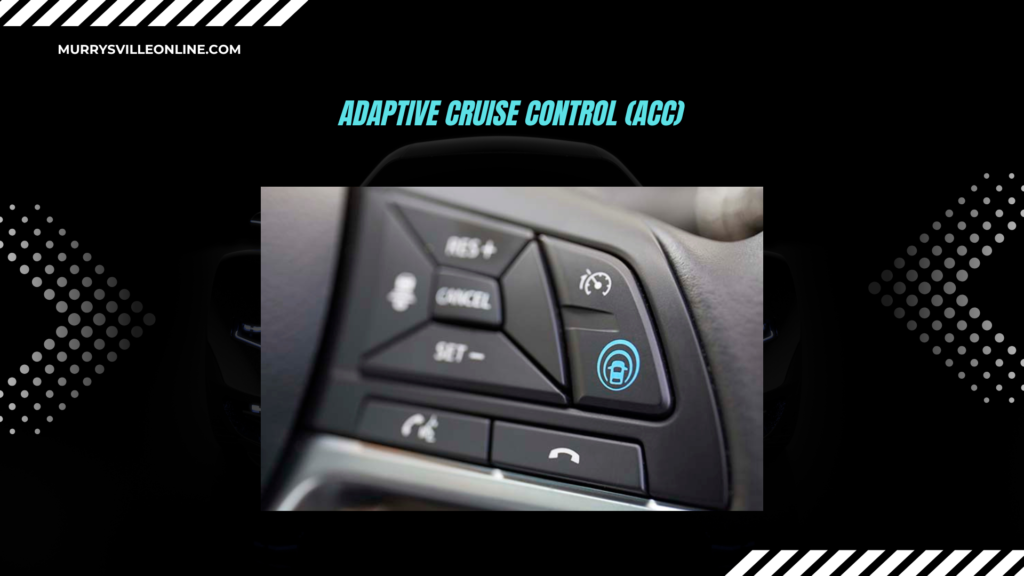
Introduction
Driving has never been simpler in driving history due to the latest safety features that protect against accidents and death. Your new automobile contains the latest technology that keeps the driver awake, enables him or her to drive with a better sense of control over his or her automobile, and makes the occurrence of an accident less probable. The following are the safety features that your automobile should possess in order to drive safer.
Automatic Emergency Braking (AEB)

AEB employs sensors, cameras, and radar to detect front-oncoming collisions. It automatically brakes to prevent or reduce an impact in the event that the driver cannot respond in time. It is particularly beneficial for city driving, with plenty of sudden braking, and can readily eliminate rear-end collisions by a considerable percentage.
Lane Departure Warning & Lane Keeping Assist
Lane Departure Warning alerts the driver if he accidentally drifts out of his lane to prevent side impact. Lane Keeping Assist is a more sophisticated feature and will guide the vehicle back into the lane if the driver fails to do so. They are useful on long trips, where swerving is due to fatigue.
Adaptive Cruise Control (ACC)

In contrast to normal cruise control, ACC will follow at a safe distance from the lead car and adapt your speed to your wishes. It will accelerate and decelerate when necessary to create a constant acceleration rate instead of continuous stop-and-go. This is helpful and reduces driver fatigue during extended road trips.
Blind Spot Monitoring (BSM)
Blind Spot Monitoring tracks other lanes beyond your mirrors by sensors and alerts drivers by physical or voice alert, preventing fatal lane-change crashes. It is convenient especially while driving on the highway and maneuvering through crowded traffic.
Rear Cross-Traffic Alert (RCTA)
When reversing from a parking spot, RCTA warns the driver of oncoming traffic from left and right side. The feature is very useful for small-sized parking spaces where the visibility is obstructed. The feature warns the driver with voice and display warning, thus avoiding rear collision.
360-Degree Camera System
A 360-degree camera system provides a bird’s eye perspective of the surroundings of the vehicle for simple parking and crisis manuevers. Various cameras mounted on the vehicle combine the image of every camera to provide an integrated image, eliminating blind spots and increasing traffic zone safety.
Traction control prevents wheelspin off of acceleration on an icy surface, and ESC prevents skidding and loss of control and stabilizes the vehicle. Both are nice, especially during wet or snow conditions, since they stabilize the vehicle and make it drivable.
Driver Attention Monitoring
It also monitors driver fatigue or distraction via steering pattern and other driving behaviors. When it senses the driver to be drowsy or distracted, the driver is prompted to pull over and take a break. It is an excellent feature to avoid accidents due to driver fatigue.
Tire Pressure Monitoring System (TPMS)
TPMS keeps checking tire pressure and alerting drivers the moment it drops below safety levels. Safety, fuel efficiency, and protection from blowout are all operations of the correct tire pressure. Equipped tires with correct pressure, the system builds safer driving in entirety.
Pedestrian detection involves the use of cameras and radar to identify pedestrians on the road. In the case of a possible collision, the system will alert the driver and automatic braking. The feature is highly enjoyed in urban regions where pedestrians and cars are just inches apart.
Conclusion
New safety features transform how we drive, making the road safe for everyone. Automatic emergency braking, blind-spot monitoring, they do prevent accidents, keep your drivers alert, and provide peace of mind. A safer, more confident drive when you purchase a car with them.
FAQs
1. Are the additional costs justified by the additional safety features?
Yes! Such safety features prevent accidents, minimize injuries, and even save insurance, so they’re an extremely worthwhile expense to incur.
2. Do all new vehicles have such safety features?
These features are available in most new vehicles, but some of them provide them as an option. Always best to check with the maker.
3. Can safety features compensate for hazardous driving?
No! While all these features are designed to make the roads safer, the driver always has the onus of being alert and driving carefully.
4. How is it to drive with Adaptive Cruise Control in stop-and-go traffic?
ACC will reduce your speed to keep a comfortable distance even in stop-and-go traffic so that driving is less tiring and more convenient.
5. Is Blind Spot Monitoring useful while driving in a city?
Yes! It keeps side road highway and city driving accidents at bay, especially under heavy traffic congested traffic.
